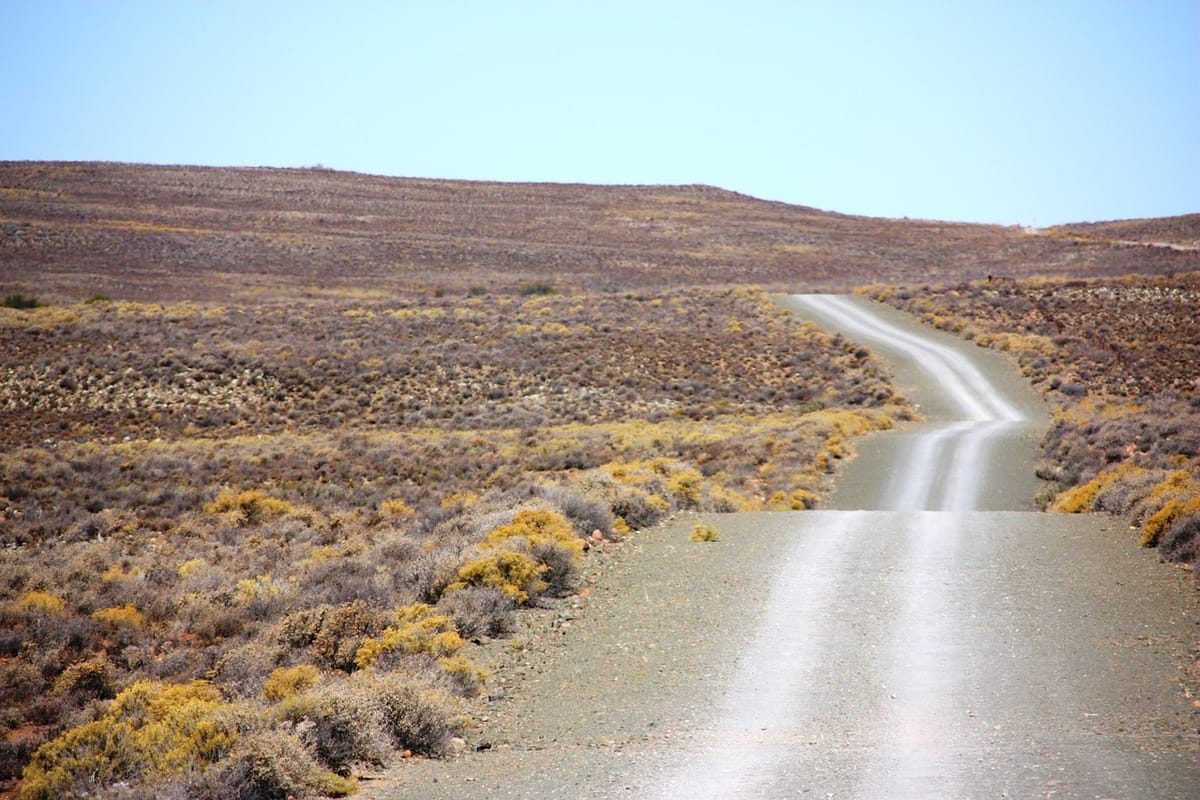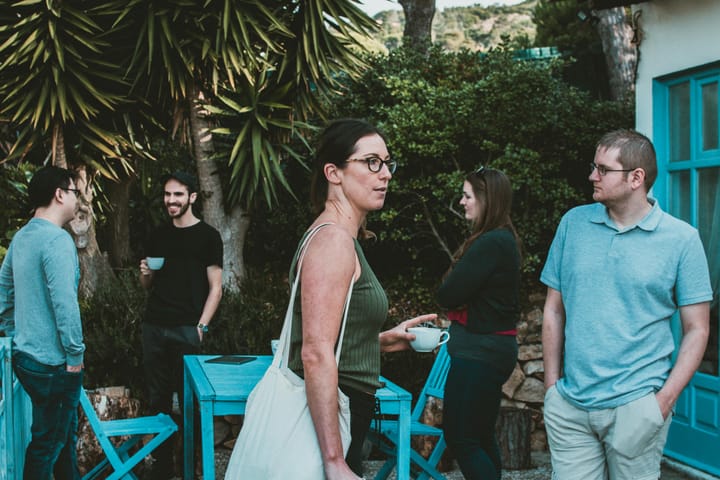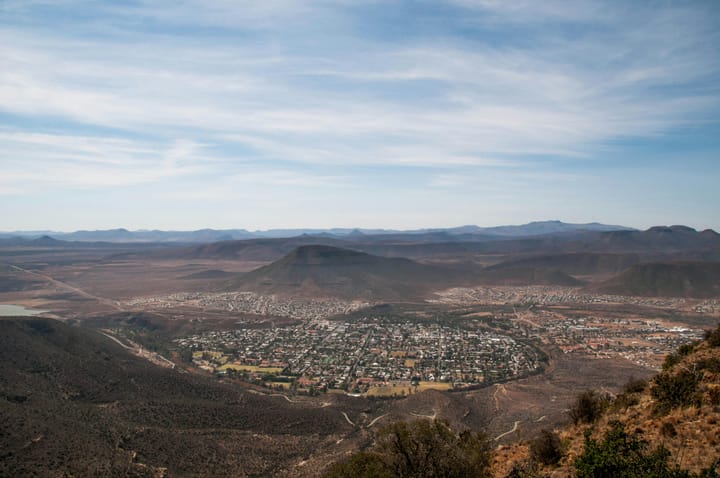Why travellers keep coming back to the Karoo
For many South Africans who now live in cities, the Karoo is where childhood road trips began.

There is something about the way a Karoo gravel road unfurls that keeps people coming back.
In the heart of the Northern Cape, just outside Calvinia, the R27 is one such road. It drifts through scrubland dotted with windpumps and low stone walls, heading off towards towns like Nieuwoudtville and Williston, places that remain more dream than destination for many travellers.
Those who know the Karoo understand its pull. It is not dramatic like the Drakensberg or coastal like the Garden Route. It is understated, sometimes harsh, always honest.
Botanist and celebrated writer Eve Palmer wrote that “At first encounter the Karoo may seem arid, desolate and unforgiving, but to those who know it, it is a land of secret beauty and infinite variety.” This is what many returnees say too, even if they cannot put it into words quite so easily.
A place that holds stories
Take Sutherland, for example, famous for its icy winters and the Southern African Large Telescope (SALT) on its outskirts. Visitors do not only come for stargazing. They come to stand in silent streets, to peek inside the little white church on Piet Retief Street, to sip coffee at the local bistro. There is always time here, and that might be the Karoo’s greatest luxury.
In Carnarvon, some families have found new ways to share in the region’s slow boom. Since the SKA telescope project arrived, old sheds have been converted into overnight stays for technicians and sky-watchers. Locals say that on clear nights, the sky feels so wide it can swallow your worries whole.
Returning for stillness
For many South Africans who now live in cities, the Karoo is where childhood road trips began. Dust roads meant padkos, boiled eggs and coffee in chipped enamel mugs. For some, the stoep of an old family house in Loxton or Fraserburg still stands waiting. The sense of rootedness is hard to find elsewhere.
The business of coming back
This nostalgia has built an economy. Towns like Prince Albert and Nieu Bethesda have learned to turn passing interest into a livelihood. A new bakery in Prince Albert, a quirky art gallery in Nieu Bethesda or a second-hand bookshop in Richmond becomes reason enough to pull over.
Over time, these small businesses have transformed stoep culture into a cottage industry. Locals paint signs offering roosterkoek and moerkoffie to passing cars. Some farmers have opened their land to hikers who want to wander among quiver trees and koppies.
For the Karoo, this trickle of visitors can mean the difference between an empty main street and a thriving one. And for the visitors, it means the difference between being swept along by city schedules and learning how to drift.
Daydreams that keep calling
When people speak about the Karoo, they often talk about its emptiness. It is not empty at all. It is full of old roads that lead to padstalle, to stone churches, to wide stoeps where conversations last long into the dusk.
Some come only once. Others return every season. There are families who swear they will retire here. There are city children who grow up and decide to stay for good.
The Karoo is patient. It waits. And for many, that is exactly why they keep coming back, chasing dust roads into a land that feels both strange and familiar.





Comments ()